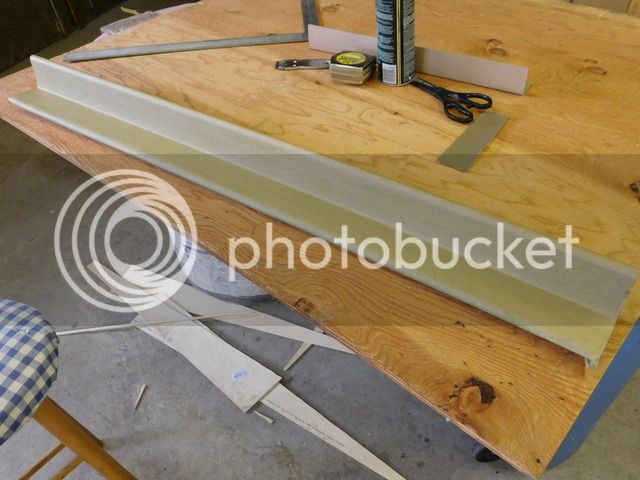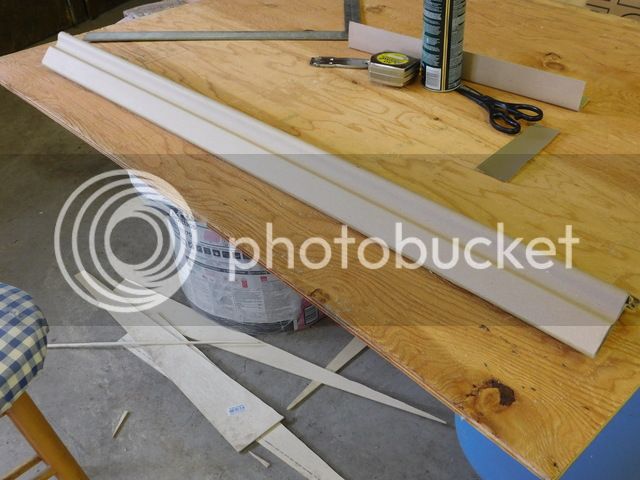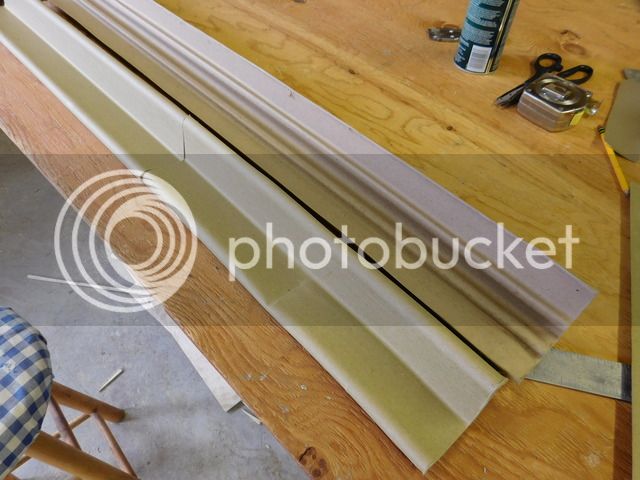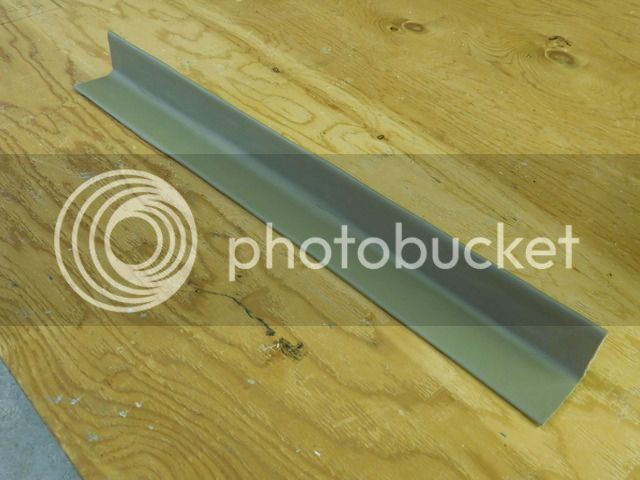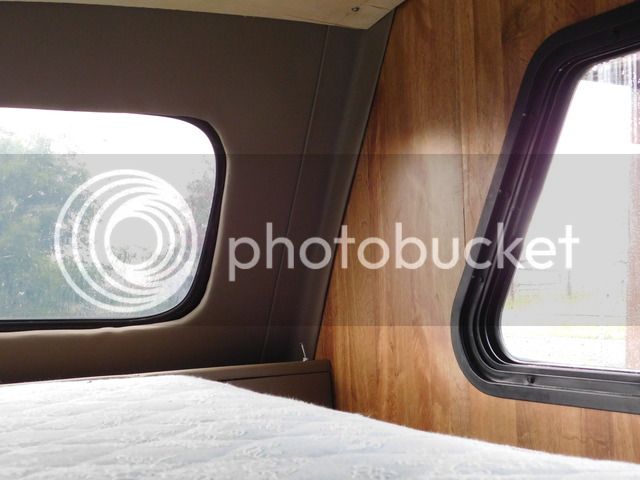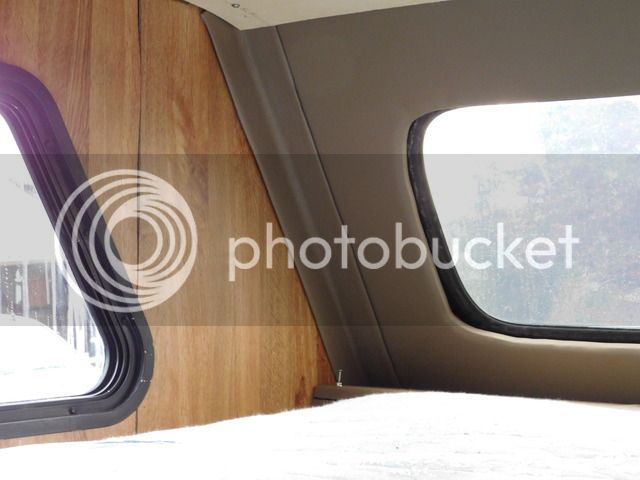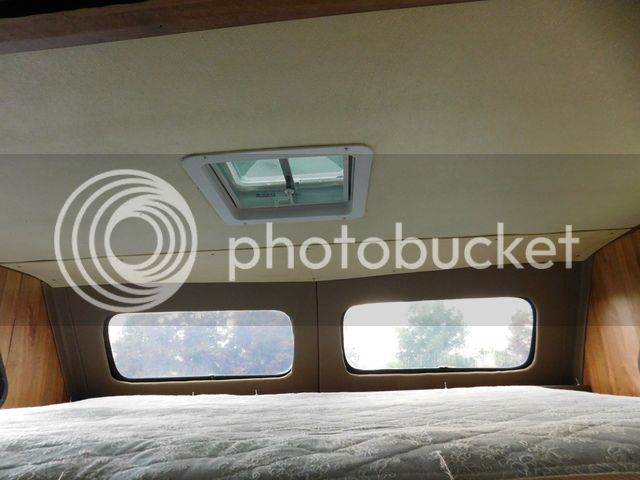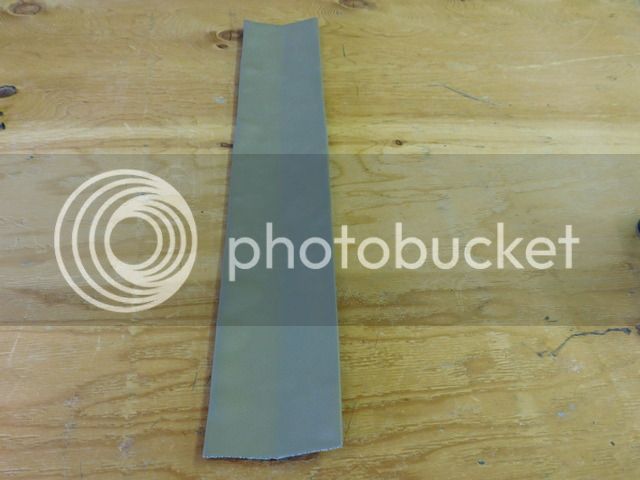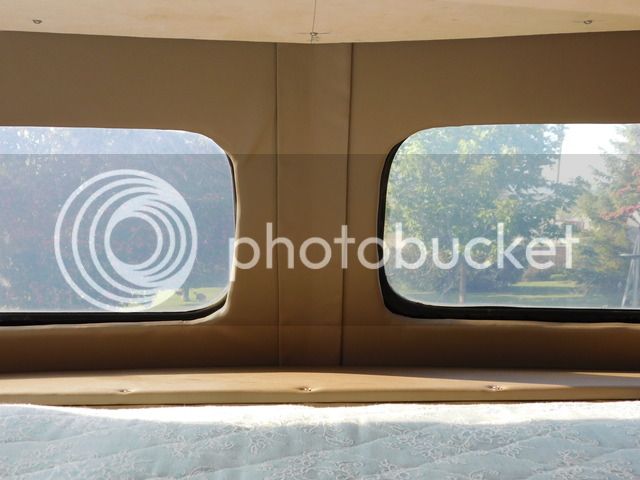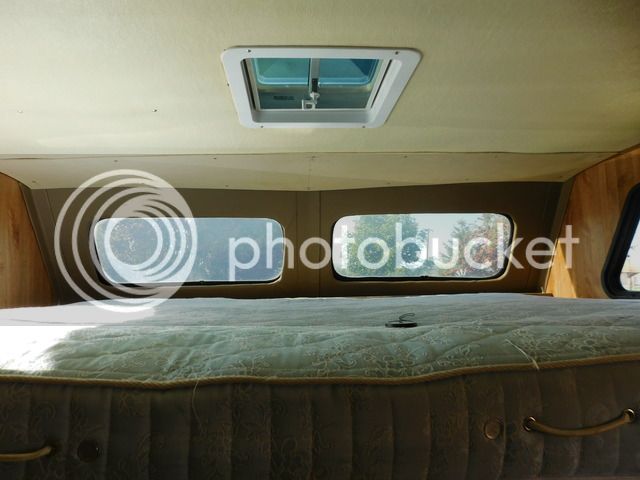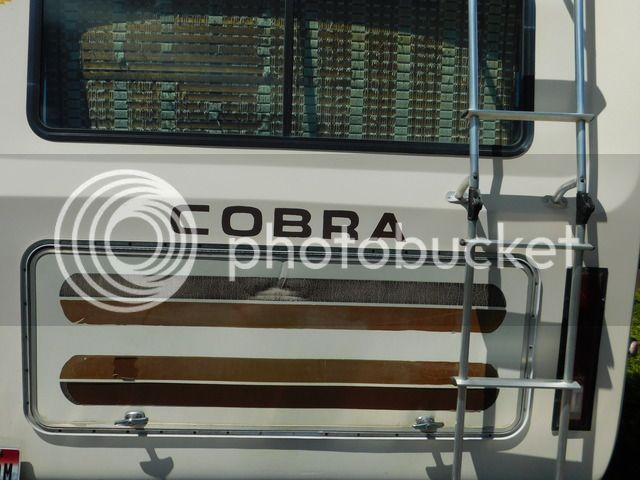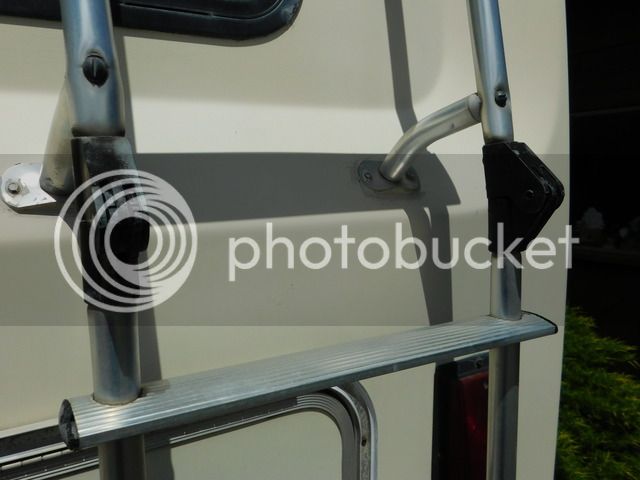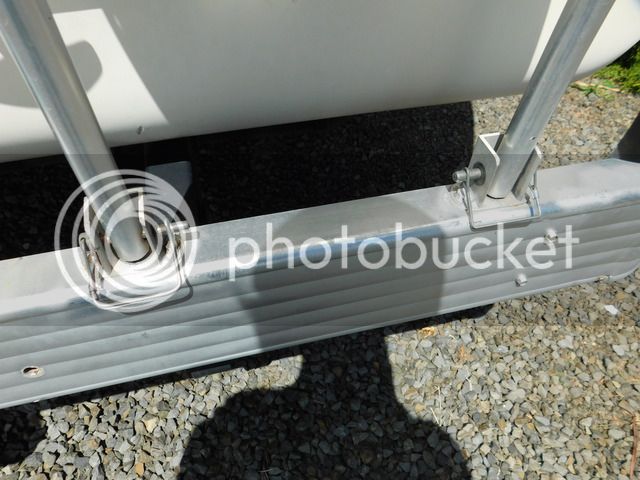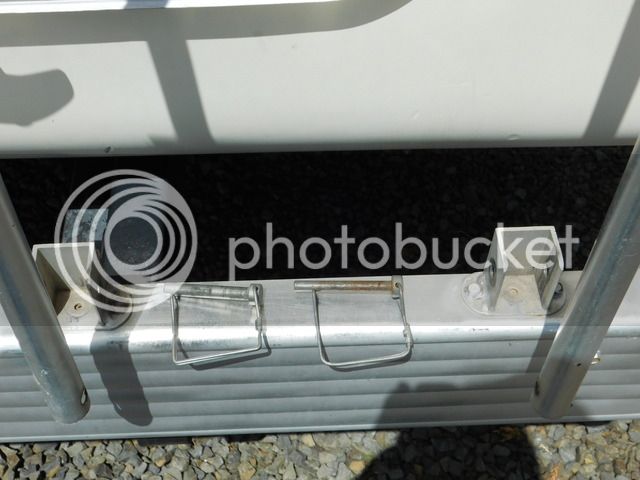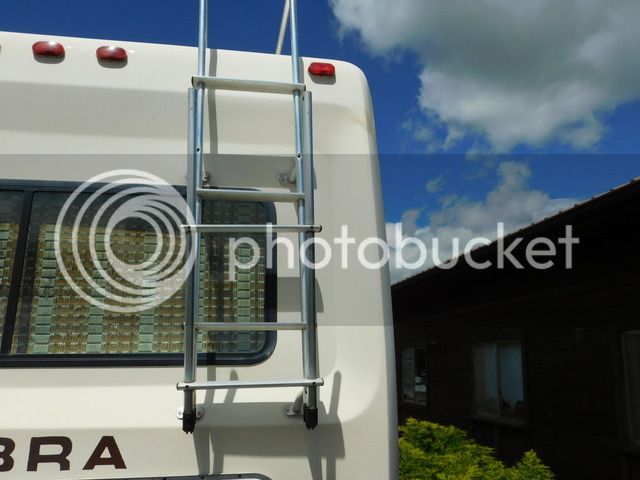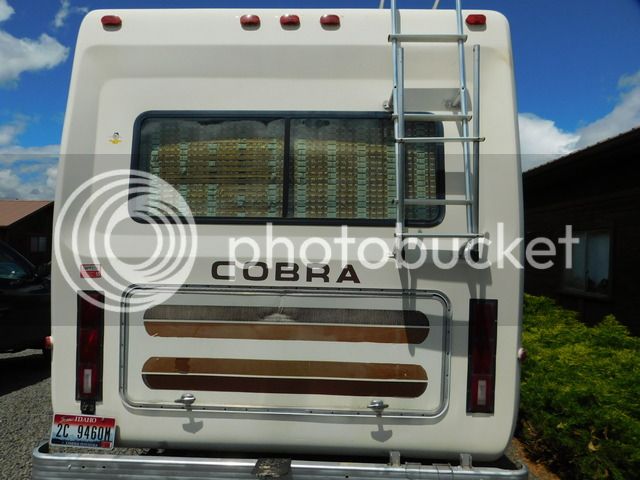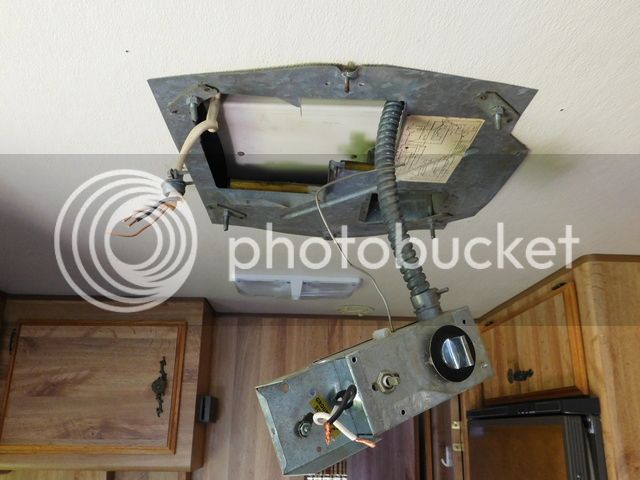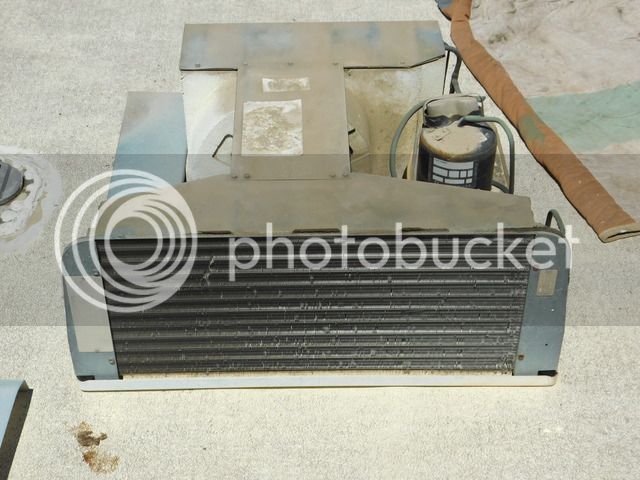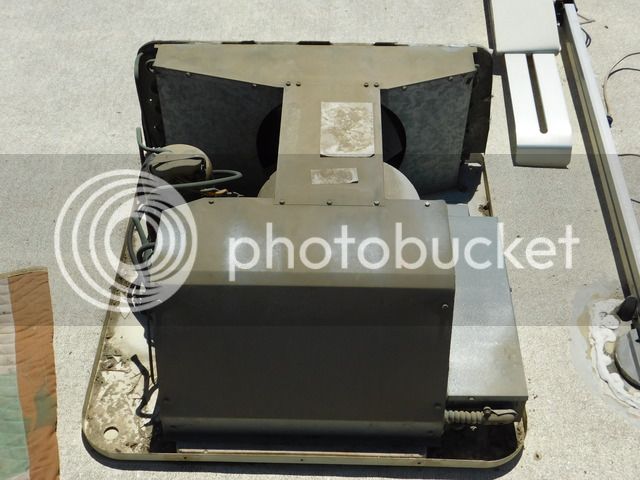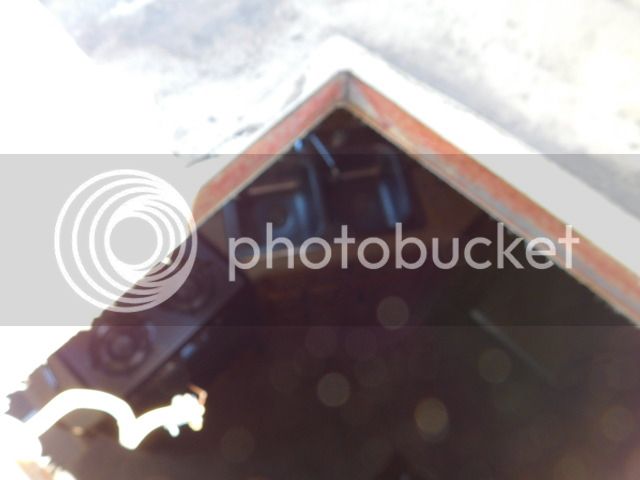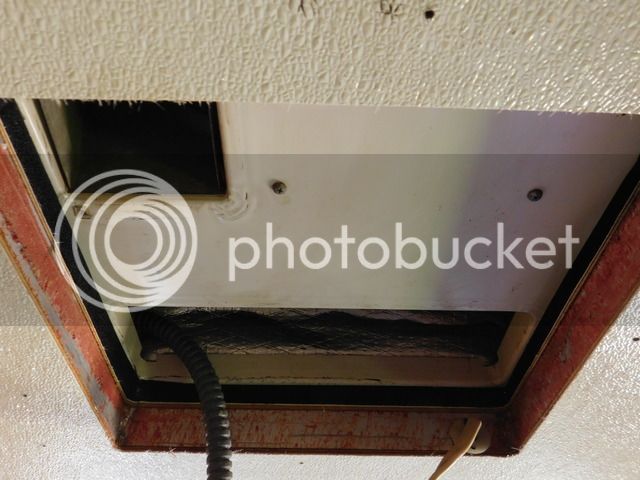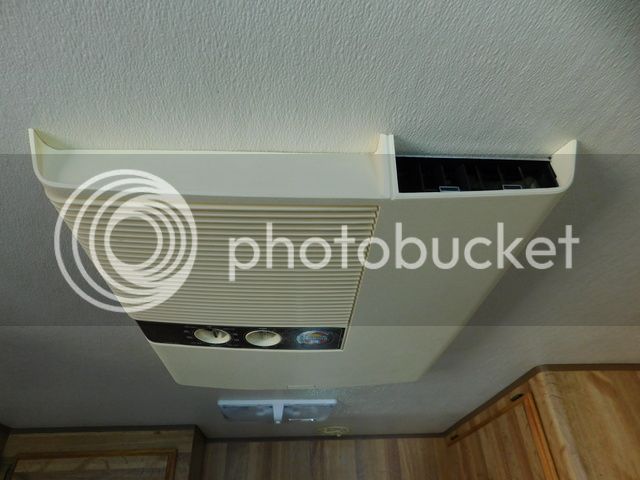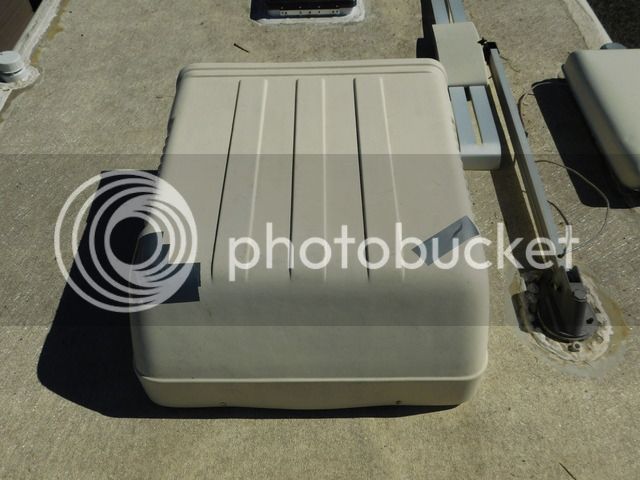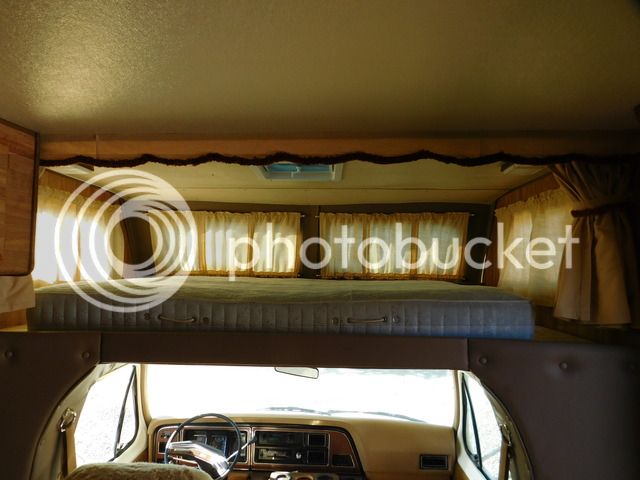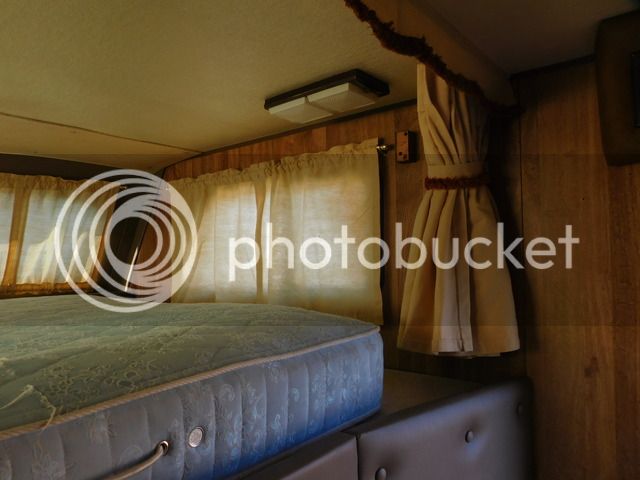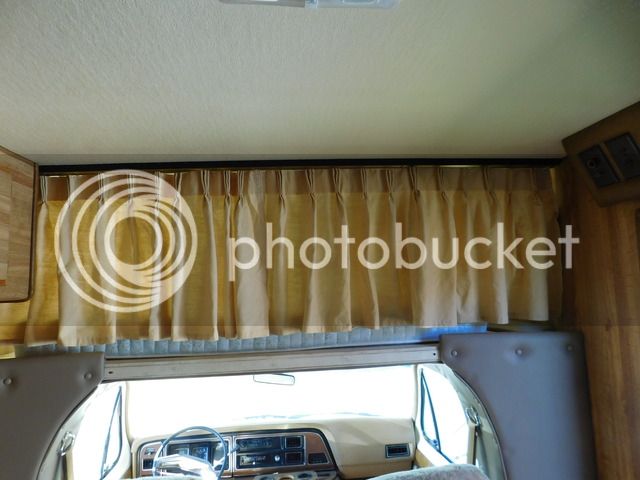bobblefrog
Well-known member
I just replaced two self-contained rv/mobile home boxes with metal boxes - everyone "electrical" on my vintage RV forums recommended them as safer. Now, after I wired the first one I had to go back and add jumper pigtails from the ground to the box in order to ground the box as well, not just the receptacle (I had used self grounding receptacles). Not the end of the world but it would be safer I was told. It was a beast to get all those wires back in my 1 1/2 in deep box. Now my box was just attached to the paneling - there was no studs like there would be in a house or way to ground it like a house. The make wire nuts (green) with a hole in the end that you can use to run the pigtail to the ground and then pull the ground through the hole so you still are only screwing one ground wire to the receptacle screw.
Telling on myself: Now, after all my wiring both outlets and getting them back in, I was so proud of myself (never did this before either) - and then every time I'd go to test with my plug tester it would show correct until I went to pull it out and then it trip the house gfci breaker I was plugged into. I spent a whole day pulling those boxes out, checking my wires, retaping to ensure nothing was touching when I put my wires back in and just couldn't get it to not trip when I tested. The paneling is so thin that it bows a little when you pull it back out - I was sure despite these outlets being wired to two different camper breakers that I had bad wiring from the breaker to the outlet. After all I inherited this project from the PO - one outlet was even melted a little and I couldn't pull off the self contained back - so some wiring was fused. Both had been pulled from the wall.
I was about to figure I was going to have to pull the whole breaker box and rewire that romex, etc. when in the middle of that night I had the ah-ha moment - no, could it just be....wait for it...
...yeah, every time I pulled out the tester, because the outlet was so stiff - I was grabbing and pushing on the little gfci button on top of the little tester! So it was tripping the dang breaker each time back in the house!! I must have spent five good hours trying to sort that out - FACEPALM.
I'm too old to be blonde anymore, but it sure felt like one of those moments!
I'm so dang proud of those outlets and the work that went into them, I've named them!!
Telling on myself: Now, after all my wiring both outlets and getting them back in, I was so proud of myself (never did this before either) - and then every time I'd go to test with my plug tester it would show correct until I went to pull it out and then it trip the house gfci breaker I was plugged into. I spent a whole day pulling those boxes out, checking my wires, retaping to ensure nothing was touching when I put my wires back in and just couldn't get it to not trip when I tested. The paneling is so thin that it bows a little when you pull it back out - I was sure despite these outlets being wired to two different camper breakers that I had bad wiring from the breaker to the outlet. After all I inherited this project from the PO - one outlet was even melted a little and I couldn't pull off the self contained back - so some wiring was fused. Both had been pulled from the wall.
I was about to figure I was going to have to pull the whole breaker box and rewire that romex, etc. when in the middle of that night I had the ah-ha moment - no, could it just be....wait for it...
...yeah, every time I pulled out the tester, because the outlet was so stiff - I was grabbing and pushing on the little gfci button on top of the little tester! So it was tripping the dang breaker each time back in the house!! I must have spent five good hours trying to sort that out - FACEPALM.
I'm too old to be blonde anymore, but it sure felt like one of those moments!
I'm so dang proud of those outlets and the work that went into them, I've named them!!





